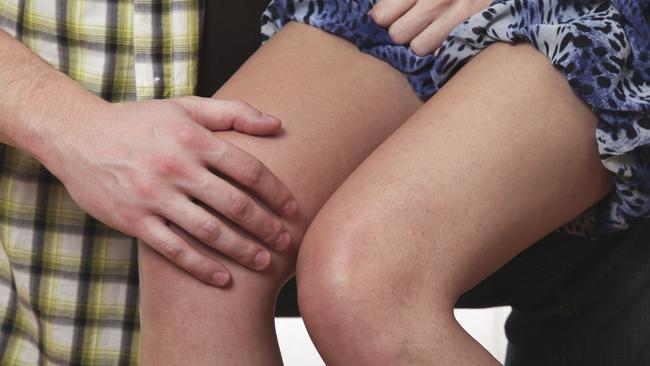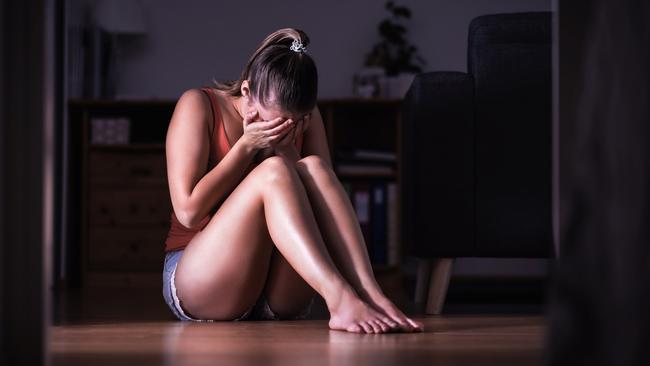Study finds more than half of Australian teens have been sexually harassed
More than half Australian teenagers aged 16 to 19 experienced sexual harassment in the past 12 months.

More than half Australian teenagers aged 16 to 19 experienced sexual harassment in the past 12 months.
A report from the Australian Institute of Family Studies has found young females were more likely to have experienced sexual harassment than males, at 65 per cent compared with 43 per cent respectively. Young females were mainly subjected to sexual harassment by strangers, young males by friends.
LGBTQ+ people aged 18 to 19 were more likely to experience sexual harassment than non-LGBTQ+ people, at rates of 49 per cent and 31 per cent respectively, with the rate higher for LGBTQ+ females than males at 59 per cent.
Of the 18 to 19 year olds who were sexually harassed in the past 12 months, 48 per cent were at a bar, club or party, 27 per cent online, 18 per cent in the workplace and 12 per cent at a place of study.
Of the 16 to 17 year olds who experienced sexual harassment, 40 per cent experienced it at a place of study.

The survey of about 2500 Australian teenagers was conducted as part of Growing Up in Australia: The Longitudinal Study of Australian Children, which has been running for 20 years.
Sexual harassment includes unwanted touching and grabbing, sexual remarks and showing sexually explicit images.
The report’s lead author, Neha Swami, said the finding that more than half of 16 to 19 year olds had experienced sexual harassment was a “very worrying sum and concerning figure”.
“We don’t have a benchmark. This is the first study that looks at a national level of rates of sexual harassment among a younger cohort of Australians,” Dr Swami said.
She said the results demonstrated that more needed to be done to prevent Australian teenagers from sexual harassment.
“Firstly, the issue of sexual harassment needs to be addressed at schools and educational institutions, given that we found a high prevalence of sexual harassment happening at schools,” she said.

Dr Swami said social media companies should note the finding that 53 per cent of females and 33 per cent of males who shared or posted on social media hourly or several times a day experienced some form of sexual harassment in the past 12 months, compared with 35 per cent of females and 17 per cent of males who posted or shared on social media once a month or less.
“Sharing content on social media shouldn’t increase a young person’s risk of sexual harassment,” she said.
The research found that having relationships with parents and friends characterised by trust and healthy communication at 16 to 17 years of age played a critical role in reducing the likelihood of experiencing sexual harassment at the ages of 18 to19.
“While sexual harassment is always the fault of the perpetrator, programs that help adolescents foster healthy relationships with parents and peers at ages 16 to 17 years may help to reduce the likelihood of them experiencing sexual harassment later on,” Dr Swami said. “Whether it’s teachers, parents, health service providers, governments or social media companies, everyone has a role to play because it’s such a complex and multifaceted issue.”





To join the conversation, please log in. Don't have an account? Register
Join the conversation, you are commenting as Logout